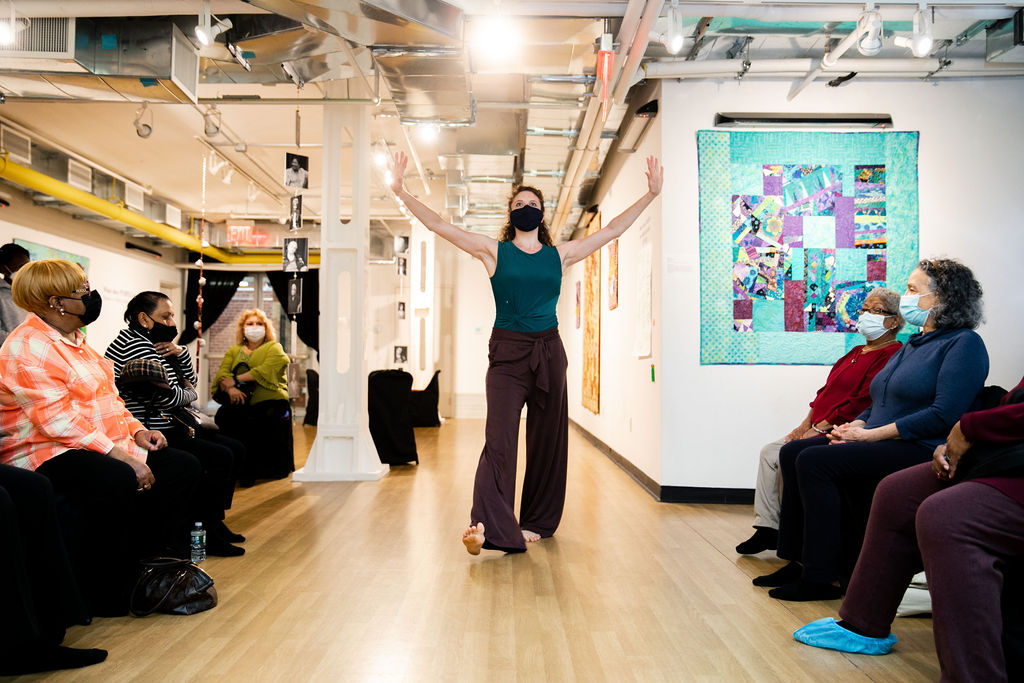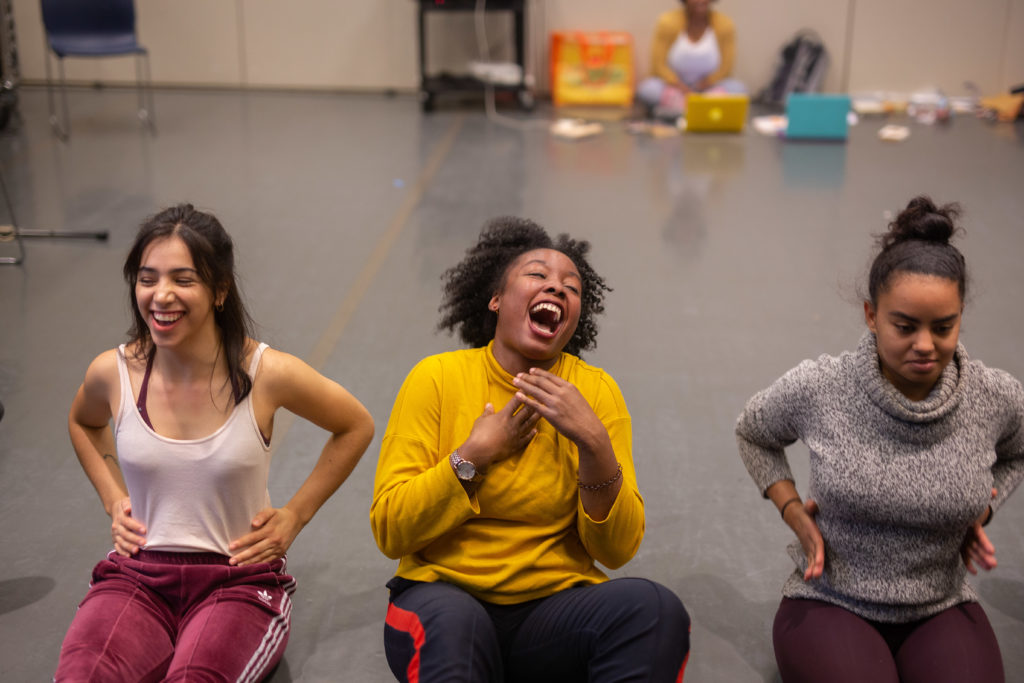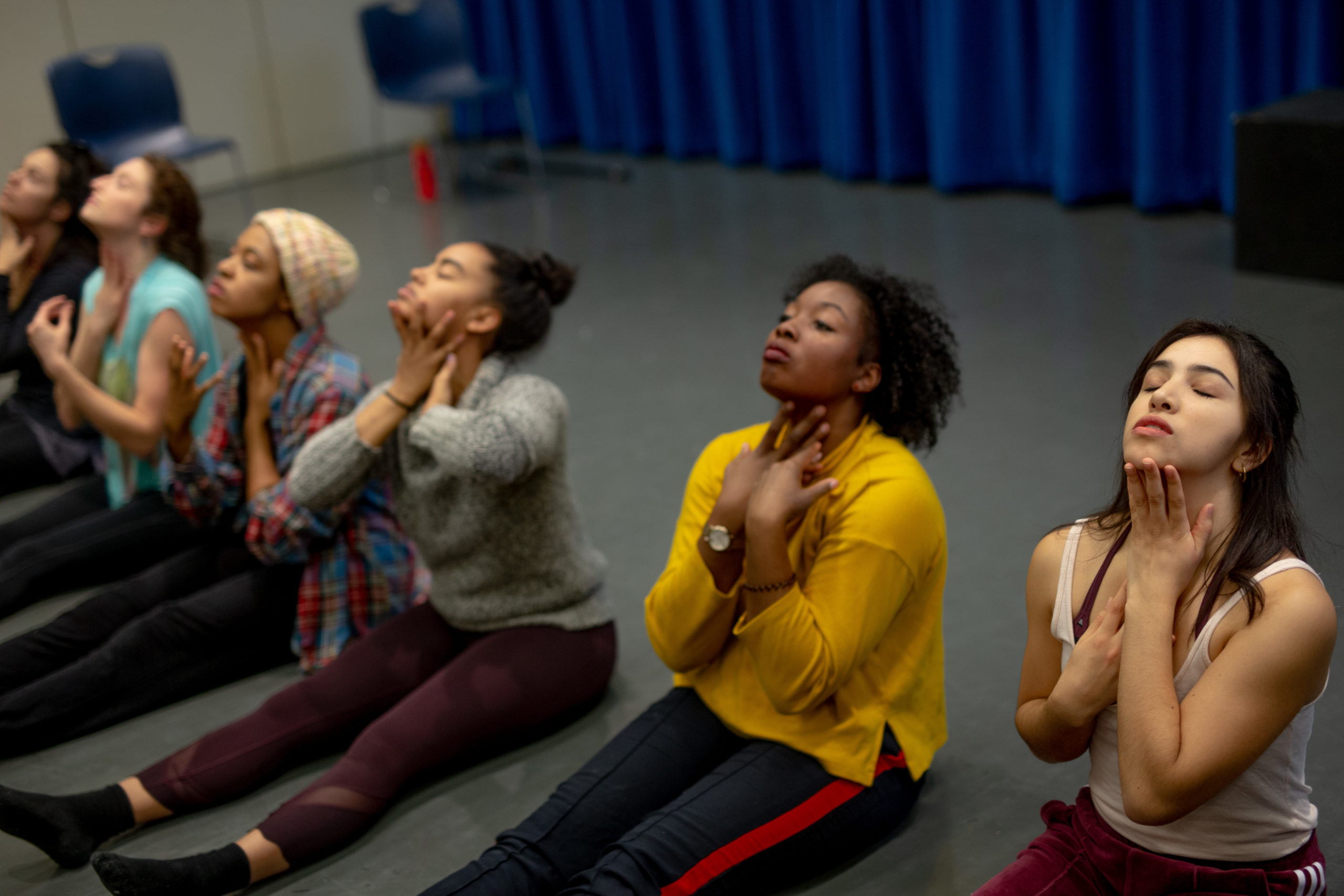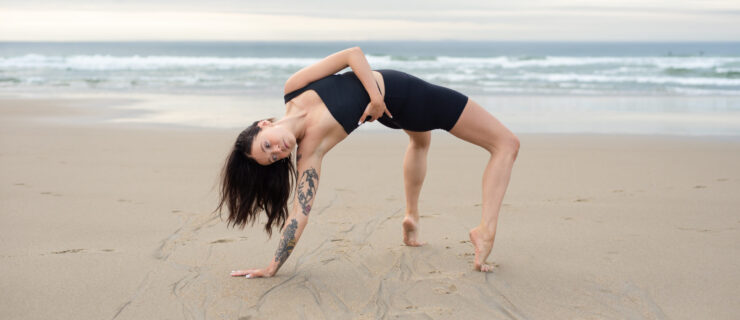The Pandemic Isn’t Over (and Maybe Won’t End?), but Yes, We’re Gonna Dance. Here’s How.
When COVID-19 smacked the world in the face during spring 2020, pushing a premiere of a new work three years ahead seemed sensible, responsive and strategic. It felt like if we just wait it out long enough, we’ll be able to do what we used to do. Now, we are fully into Season 3 of the pandemic, and COVID continues to be regarded as an inconvenience to how we have always lived our lives. As I have asked myself and my collaborators the question “How are we gonna dance again?,” we at my collective, SLMDances, have taken the ongoing public health crisis as a call to action to fundamentally reconsider our behaviors for the care of ourselves and all those we come into contact with.
As a small budget organization that has largely self-produced its creative and community work, no one is dictating to SLMDances whether or not we have to wear masks or get tested. Protocols from various studios, performance spaces and event producers are inconsistent; as an individual freelance performer, I find myself frustrated by invitations into rehearsal and performance processes that don’t offer any kind of health, needs and accessibility check-ins right away for participants. Not to mention that COVID protocols for public events and indoor spaces can be hidden on websites, or just vaguely named as “COVID-safe,” as if we have actually come to a unified medical and legal agreement on what that means. It’s as if there is still no pandemic at all. As if almost 1 million people haven’t died in the U.S. alone, and millions more have not been infected and perhaps will never fully recover.
Since 2020, I’ve observed how others restart their creative processes: asking questions, collecting COVID-protocol documentation, and generally learning from others’ trial and error, all the while remaining virtual in my own creative practice. With an eye toward restarting an in-person creative practice in February 2022, SLMDances started check-ins with our collaborators last summer about vaccination status, testing frequency and accessibility, and any other needs with regard to health and safety.
We were lucky that one of our Creative Partners had experience tracking CDC guidelines and building COVID-protocol as a part of her role at a local New York City dance studio and was willing to do that work with us. She titled her role “Health Accountability Partner” and, based on our group conversations in relationship to city, state and federal guidelines, drafted a protocol that we collectively reviewed and agreed upon in order to begin in-person rehearsals.

As a first step back into a studio practice, here is what we devised: Our twice-weekly virtual rehearsal became a shortened virtual rehearsal one day, and an extended in-person rehearsal on our second day to maximize our time together. Everyone in attendance must be vaccinated, get a PCR test within 72 hours of the in-person rehearsals and wear medical-grade masks. If a person has had a lot of exposure to the public, we ask them to also take a rapid test. In addition to a daily health survey for contact-tracing protocols, we check in at the top of each rehearsal about our comfort with physical touch and distance. We maintain a virtual rehearsal room during in-person rehearsals for creative collaborators who are not local, are sick with or have been exposed to COVID, or for any other reason that prevents in-person attendance.
Our strategy for a deeper studio practice toward getting our work to stage in 2023 is to do so in a series of creative “bubble” residencies where we can spend time together without the threat of the virus that might be transmitted in our daily commutes in New York City. And as we moved through our first pandemic performance this spring, we have tended to the roles of understudies with more rigor, preparation and care than ever.
As SLMDances talks about our approach to collective care and COVID protocols, I’ve encouraged artists to release the descriptive language of “strict,” which might connote what can’t be done or being denied something. Instead, we use phrases such as “abundance of caution” or “abundance of care.” We know that we are taking a risk when we come together and our protocols not only protect one another in the studio as much as possible, but also extend as much protection as we can to the most vulnerable in our communities, including immunocompromised folks, elders and young children who can’t yet be vaccinated. We know that what is allowed legally, what an individual feels comfortable with and the actual calculated risks that a person takes in order to attend to whatever is essential in their own lives does not equal what is actually scientifically safest. And so, we stay in dialogue and continue to check in on a consistent basis, setting our own internal community standards for shifting protocols despite the fluctuations in external COVID mandates. Our collective responsibility to keep one another safe has been handled by each Creative Partner with a beautiful integrity. I hold so much gratitude for my creative collaborators.

The true challenges we continue to meet happen outside our collective. Based on my experiences and observations in the pandemic thus far, here are some further behavior shifts that may protect the most vulnerable in our field seeking the safest possible return to an in-person practice:
Lead artists: Normalize stating your COVID protocols in the first communication to hire or collaborate with people, and then stay in dialogue about their health and safety needs. This frees potential collaborators from making decisions based on partial information, or searching for what they need to make an informed decision. This means that your COVID considerations cannot be an afterthought.
Venues and presenters: Communicate early and often to artists and audiences. Normalize publicly stating your COVID protocols and policies, and continuing to publicly update them. For performances, make information readily and easily available on websites and social media, and at the point of purchase. These actions allow people to more easily discern personal risk.
Funders: Build ongoing resources into your infrastructures to support COVID safety. Who gets to dance safely, with the lowest possible COVID risk, is a question of who has access to resources to ensure this safety. The fundamental nature of where and how we rehearse has shifted and funding must shift with it. Designate access to a significant amount of funded bubble-residency opportunities through lotteries or first come, first served sign-ups in order to ensure more COVID-safe opportunities to artists that are not curated.
I recognize that there is a significant level of privilege I have in being able to thoughtfully choose how to dance in person again. I am self-employed. I wield a multitude of skills, and while I do make money as a performer (and was counting on that income at the moment of the 2020 shutdown!), paying my bills has never been fully reliant on my being onstage.
I also recognize that if we don’t take the current moment to thoughtfully reimagine systems and structures for in-person creative practice and performance, a significant number of folks in our field will be left out.
The pandemic isn’t over just because we’re over it, the streets are calling, we’re vaccinated and mask mandates are easing. We must be intentional about navigating our new world, so that every artist who wants to dance can dance.




